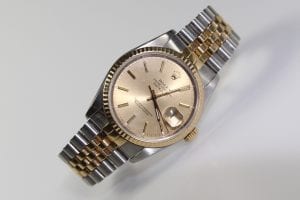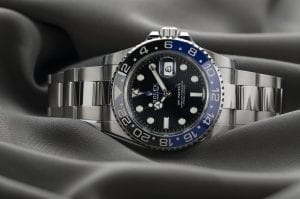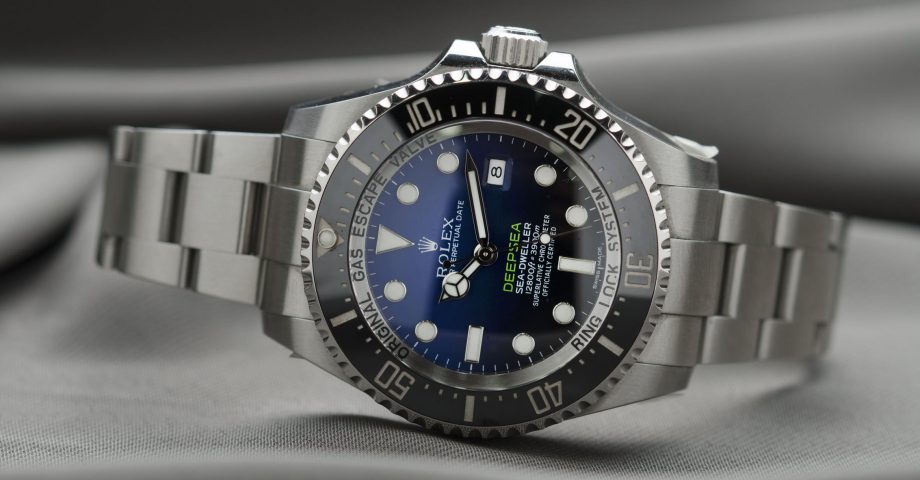12 Fun Facts About Rolex Watches
You probably know Rolex as one of the biggest watchmakers on the planet. They are well-known for their luxury approach to the craft, helping to make some of the most stunning timepieces for sale. When you buy a Rolex, you know you’re investing in high quality watchmaking!
But how well do you actually know the watch masters? Here are some fun facts about Rolex well worth remembering the next time you meet someone brandishing one of their timepieces!
1. Got $18 million spare?
Rolex watches are famously luxurious and are often expensive, but the priciest timepiece takes the cake. The most expensive Rolex ever sold went for a cool $17.75 million at auction in 2017.
The watch in question was Paul Newman’s 1968 Daytona (Reference 6239) – a popular model with many Rolex fans.
2. Rolex watches buck Roman trends.
Rolex don’t use the Roman numeral ‘IV’ on their watches. They use ‘IIII’ instead – and no one is quite sure why. However, it’s assumed to be an aesthetic or design choice.
3. Each watch takes time to make.
The manufacturing time for one average Rolex watch is a year.
Even more mind-boggling, given the above, is the fact that around 2,000 timepieces are said to roll off the production line each day.

4. There are no automated assembly lines.
Let’s add another mind-blowing fact to this pile – every single Rolex watch, right down to their smallest movements, is made by hand.
5. Rolex is a global brand.
You can buy Rolex watches from authorised dealers in over 100 different territories worldwide.
6. The word ‘Rolex’ is mysterious.
The story behind the name ‘Rolex’ has never been officially confirmed. However, founders have previously suggested they chose a short name that speaks the same in all modern languages.
7. The company has humble beginnings.
Rolex actually started life as a watch assembly company in London, in 1905. They built watches from European movements.
8. Rolex has charity links.
Hans Wildorf, one of the brand’s founders, set up a foundation in 1944. However, due to Swiss law surrounding private charities, it is never clear who benefits from the charity, and who makes donations.
9. Rolexes can go DEEP!
‘Titanic’ and ‘Avatar’ director James Cameron once took a Rolex watch to the bottom of the Mariana Trench. The watch he wore, a Deepsea Challenge, is supposedly able to function up to 12,000m underwater. It’s the deepest a Rolex has ever travelled.
Cameron proved the guarantee’s worth, as the watch not only survived the journey, it kept the time throughout the trip!

10. Rolex watches speed up face-up.
Rolex state that if you leave your watch face-up when you go to bed at night, it can gain extra seconds. Leave it face down, and it will supposedly get slower. Anyone out there want to test this theory?
11. Rolex manufacturing is very special.
Rolex’s steel manufacture is pretty unique. Their watches craft from 904L steel, which is reportedly very hard to manufacture. Most other luxury watches use 316L steel, setting Rolex apart from the pack.
12. What is it with Rolex and 10:10?
Notice something familiar about Rolex’s watch adverts? Their photo marketing always makes sure to show the time at 10:10. This is known in the industry as ‘Rolex Time’, and it’s said to be another trademark aesthetic choice of the luxury brand.

FAQs about Rolex
Is it true that Rolex uses only 18 carat gold in the production of their watches?
For their gold watches, yes - Rolex only use 18 carat gold as opposed to 9 carat gold!
This is because, at a ratio of 750 thousandths of pure gold, the company ensures a better quality product.
How many watches did Rolex make in 2020?
In 2020 Rolex made one million watches, though sales fell slightly to 810,000.
Why is Oyster Steel used in the manufacture of Rolex watches?
Oyster steel has superb anti corrosion qualities as well as an exceptional sheen when polished!
Do you know any fun facts about Rolex watches? Share them in the comments below!
This page was last modified on April 18, 2024. Suggest an edit








